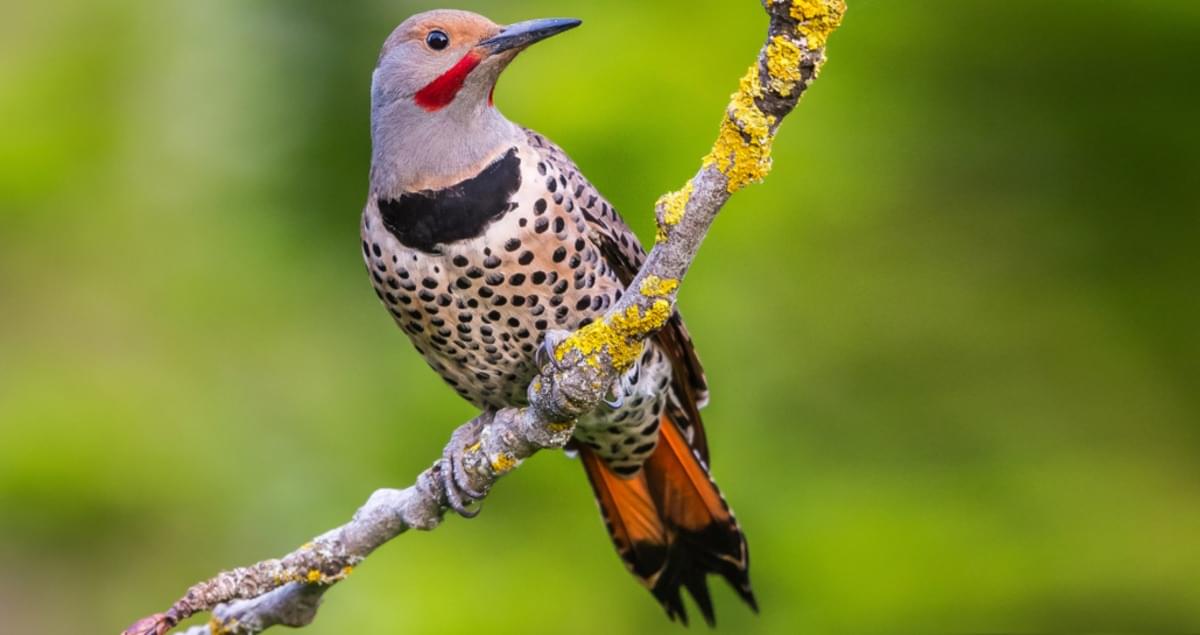Imagining American Chestnut: Land Ecology

American Chestnut (absent), Blue Jay, American Robin, Northern Flicker
The American Chestnut was prominent in the eastern United States, and was inherently valuable to people in the region for its timber and the large chestnuts it produced. Unfortunately, not much is known about the Chestnut because it is now virtually extinct from American forests. In the very beginning of the 20th century, a disease that had been brought with the importation of Asian Chestnuts spread throughout the landscape and wiped out huge numbers of the native species. The disease, caused by fungus to which Asian Chestnuts are resistant to, is called chestnut blight. Like any tree species, the Chestnut was important for many other animals that live in temperate forest ecosystems, who relied on the chestnuts that fell from the tree as a stable food source. Most of these were small mammals like squirrels, mice, and rabbits. Additionally, many bird species that lived amongst its branches also benefited from the chestnuts. The Blue Jay and the American Flicker, both birds that frequent Colgate’s forests, are two examples of species that feed primarily on nuts. Another bird, the American Robin, will forage on the ground for seeds and nuts as well. The robin is considered to be an indicator species, meaning that its disappearance from an area suggests toxic pollution in the soil, as it is very sensitive to relatively high levels of certain chemicals. The disappearance of robins in an area has been shown to correlate an overuse of pesticides in that place. Although not much is known about the American Chestnut or how its disappearance has altered local ecosystems, it is certainly true that it must have provided valuable food and habitat for a wide range of animals, especially native birds.
My name is Claudia Buszta, and I am an Environmental Geography major. I am working this year with Professor Haughwout on the 6th E Street project to illustrate how different organisms relate to each other within their ecological communities. Our focus is on regional ecosystems in New York State, identifying how native species interact with human activity. These summaries are meant to accompany the visualizations of the ecologies within the tunnels.